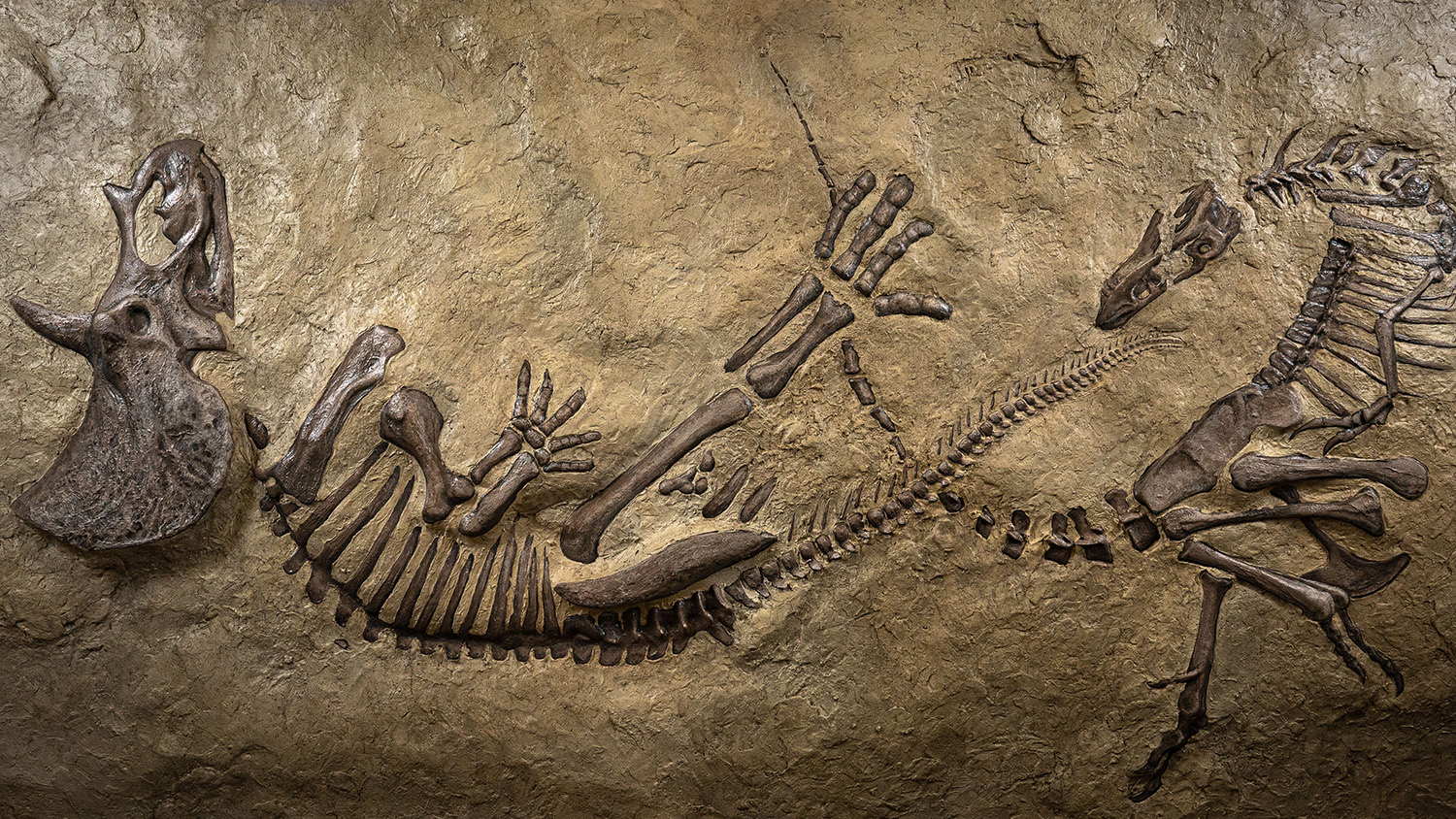Tracking the Protein Patrollers

A nanoprobe developed by biophysicists at NC State could allow researchers to trace the movements of different proteins along DNA – without the drawbacks of current methods.
A host of proteins patrol your DNA helix like cops on a beat. These proteins have individual functions, including identifying damaged areas on the DNA strand and initiating repairs. To study these proteins, researchers commonly attach nanoprobes to them. The probes fluoresce under certain types of light, allowing their movements to be traced.
The problem? According to biophysicist Shuang Lim, “We know that DNA is helical in shape – it’s a spiral. When we observe these proteins moving along the strand, we should be able to tell if they’re moving around the DNA as well as along it. Unfortunately, the technology we have now doesn’t really allow us to do that.
“The most common probes right now are quantum dots and gold nanorods,” Lim continues. “Quantum dots blink, which makes it difficult to determine where they are or what they may be doing at any given time. Imagine trying to watch a movie, but with random dark frames popping up as you watch. You can’t get the complete picture. Gold nanorods, on the other hand, tend to wobble. The wobble also affects our ability to get an accurate idea of where these proteins are and how they may be interacting with the DNA strand.”
Lim, along with graduate student Kory Green and former postdoctoral scholar Janina Wirth, developed a nanoprobe that addresses these issues. Their probe – a nanoplasmonic upconverting nanoparticle – changes fluorescent intensity based upon its orientation.
“These particles are disc shaped. When they’re lying flat, they are bright, and when they’re on edge, they’re dark,” Green says. “They don’t blink and they don’t wobble, so it’s much easier to get accurate measurements from them.”
“Another advantage is that they are excited by – or show up when – exposed to infrared light,” says Lim. “Many of the quantum dot probes use material that is excited by blue, or ultraviolet (UV) light. UV exposure damages the samples that we want to study. But infrared light doesn’t.”
Lim, Green and Wirth conducted a proof-of-concept study with their probe by observing it on a flat substrate and in a sucrose solution, to see if they could accurately detect how the nanoprobe was moving. The preliminary results were promising, so Lim and the team are moving toward their next steps, which include testing the probe on a DNA-patrolling protein.
“All of these proteins do different things for our DNA, but we don’t know exactly what they’re doing,” Lim says. “We’re hoping to use this probe to build a library that characterizes all of these proteins, so that we can determine their function.”
Lim’s nanoprobe research was recently published in Nature Scientific Reports, and was funded in part by grants from the National Science Foundation (CBET 106750) and the National Institutes of Health (1R21ES027641-01).
Watch the nanoprobes in real time below: Wide field fluorescence of nanoplasmonic upconverting nanoparticles in 50% sucrose showing 3 particles (1 to 3). On the right is a corresponding positional time trace of the selected particles where Particles 1 and 2, both single particles, demonstrate mixed translational and rotational motion.
This post was originally published in NC State News.


